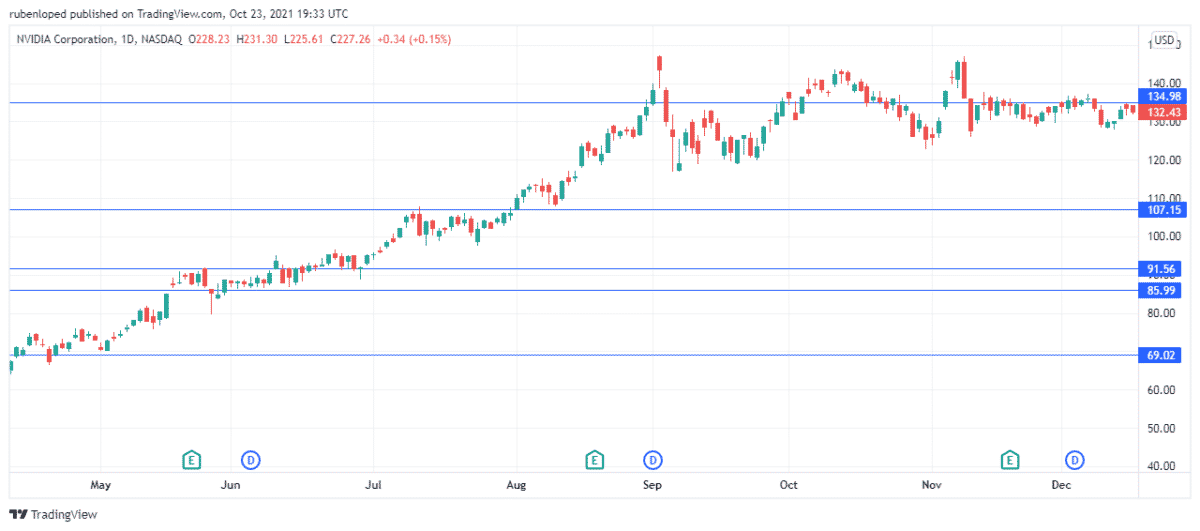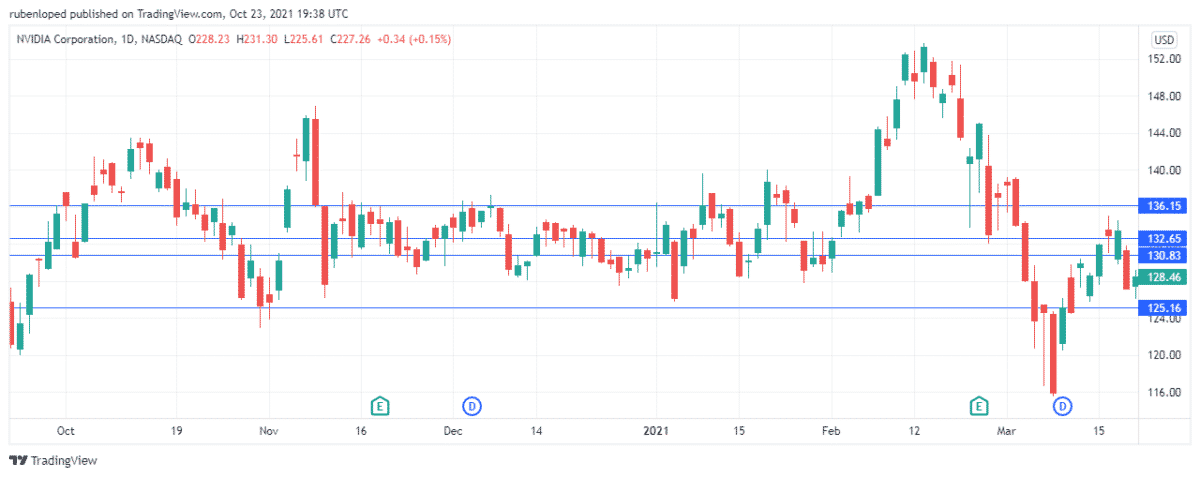- What is the Options Wheel strategy?
- How to use it?
- How to trade with it?
Options trading can be a very profitable strategy, but also, it could involve unlimited risks depending on how you are buying or selling the calls. Trading options is the same as transferring risks to someone else. So, there is always someone transferring the risk and someone taking that risk and getting paid for it.
However, getting the risk is often the most recommended side in options trading. Where there is a risk, there is also a reward. Option Wheel is a technique where constantly selling options generates semi-passive income with relatively low risk.
Read this article to find out what this strategy is about and how you can make a consistent profit from it.
What is the Options Wheel strategy?
It is a technique in which the traders constantly sell call and put options to generate semi-passive incomes from the premiums of those options. The strategy has the word “Wheel” in its name because it’s about completing a cycle repeatedly and ideally profiting in every step of the wheel.
The strategy consists in selling covered call options for a given stock or ETF, hoping that the stock will never reach the strike price, and collecting the premium every time. However, if the stock reaches the strike price, the buyer executes the option, and you get the stocks. After this, the other part of the cycle begins, and you start selling secured put options to collect premium again. When the stock price finally reaches the strike price of the put option you sold, you get the premium, the money from the stocks sold, and the cycle is closed.
How to use the Options Wheel strategy?
The trader applying the strategy wants to make as much money from the premium as possible. It sounds simple, but the devil is in the details. Remember that when you sell options, you are the part that is being paid, and nothing is for free. The risk is there, and if you don’t manage it correctly, you can lose enough money to ruin your account. Let’s see some key points so you can apply the strategy in the best possible way.
- Choosing the stock
As you can see, the trick here is to have a plan B in case the stock reaches the strike price. Plan B consists of the principle of winning even when you lose. To achieve that, you need to choose a stock that you already want, so if you buy the stock, you’ll be happy because it’s a stock you want, and you bought it cheaper than the market price when you sold the option
- Covered call
This means that you have the money to execute the purchase if the stock reaches the strike price. Remember that you can see Options Wheel trading as the exercise of buying an asset you want to a better price by waiting for the price to drop and making money meanwhile.
- Volatility
You have to be careful about the volatility of the stock. Big leaps wipe out your earnings quickly by overpassing your profit margins obtained from the premiums. For this technique to work, you don’t want big leaps but progressive movements that allow you to predict the right levels at which you’ll set your options.
Option Wheel trading example
Let’s see how we could make a set up to profit with the strategy.
By May, a trader starts using the Options Wheel strategy with NVIDIA stocks. The price of the stock at the beginning of May was $69.02.
Bullish (covered calls)
When the trend is bullish, or the price remains neutral, we use covered calls.
The trader sells an option at a strike price of $65. The premium is $3 per share and has an expiration date of 30 days. He gets $300 for the 100 shares of the option. By the end of the month, the option expires worthless at a price level of $85.99. So he makes a net profit of $300.
| Period | Initial price | Strike | Premium | Result | Profit/Loss |
| Jun-Jul | $85.99 | $80 | $300 | OTM | $300 |
| Jul-Aug | $91.56 | $87 | $400 | OTM | $400 |
| Aug-Sept | $107.15 | $100 | $200 | OTM | $200 |
| Sept-Oct | $134.98 | $120 | $200 | ITM @ $116.61 | -$139 |
| Balance | $761 |
Where to enter?
The trader enters the trade once he chooses the right stock and then repeats the setup until the stock reaches the strike price.

Where to put the stop-loss?
This strategy doesn’t set a stop-loss because it works whether the price goes up or down. However, every trader could adjust the strategy to its preference and trade the option to lock the earnings.
Where to take profit?
If the option expires worthless or if the premiums cover the price paid for the stock, you make a profit.
Bearish (secured put)
When the price goes down or remains neutral, and you own the stock, you sell secured put options.
In our example, in the period going from September to October 2020, the trader acquired 100 shares of NVDA. Now the trader will start selling secured put calls to collect premiums until he finally sells the stocks.
For the period from October to November, the initial price was $135, and the strike price of the stock was $145. Thus, the premium per share was $1. Finally, the option expired Out-the-money, and the trader made $100. The process was similar for the next few months, as we can see in the following table.
| Period | Initial price | Strike | Premium | Result | Profit |
| Nov- Dec | $124.95 | $150 | $100 | OTM | $100 |
| Dec- Jan | $132.78 | $140 | $300 | OTM | $300 |
| Jan-Feb | $130 | $140 | $400 | OTM | $400 |
| Feb-Mar | $130 | $147 | $400 | ITM @ $153 | – $200 |
| Balance | $ 600 |
Finally, between February and March, the trade expired In-the-money, and the cycle concluded.
The balance at the end of the cycle was.
| Phase | Net profit of the phase | Total profit of the cycle |
| Covered call | 761 | $1361 |
| Secured put | 600 |
Where to enter?
Once the trader buys the stocks, he sells the secured put options until the price triggers the trade.

Where to put the stop-loss?
Again, the Wheel strategy doesn’t have a stop-loss set. However, if the trader sees that the price is moving quickly against him/her and the expiration date is far away, he could trade the option to avoid losing more money.
Where to take profit?
At the end of each period, you will get your earnings from the premiums collected. So at the end of the cycle, you’ll have a balance of what you made during the cycle.
Pros & cons of Option Wheel trading
Let’s see the major pros and cons of this strategy.
| Pros | Cons |
| •Low risk Since you are buying a stock you already want, the risk is not higher than the one you get when buying any stock. | •Buying against the market Every time you buy or sell stocks, you are going against the market. |
| •Semi-passive income This strategy allows you to get a stable income at the end of each successful trade. | •Time You could spend weeks, months, and years holding a stock until you finally sell it. |
| •No debt You only sell secured put and covered calls so that you won’t get into any debt. | •Volatility One bad day in the market could erase your earnings and ruin your account. You must avoid volatility. |
Final thoughts
The Options Wheel trading is a smart way, no matter what the market situation is. It carries a manageable amount of risk, and when it is handled right, you can create a good source of income every 7, 30, or 60 days.